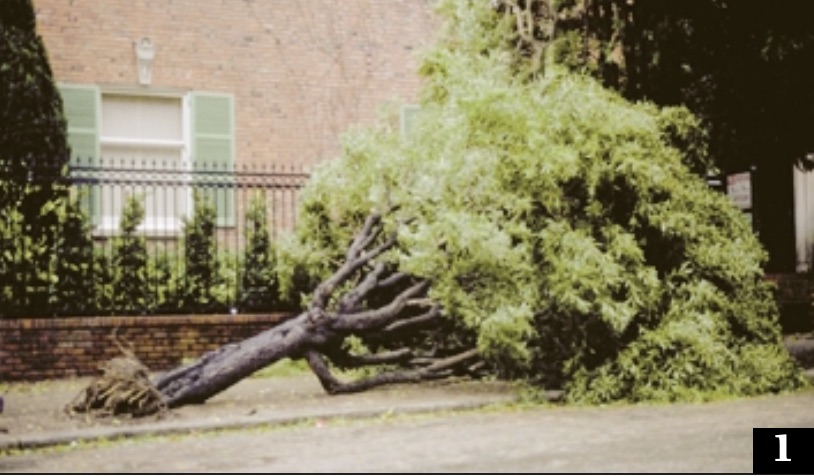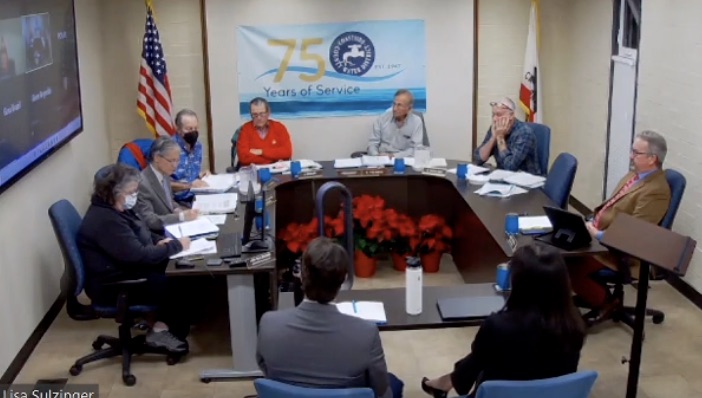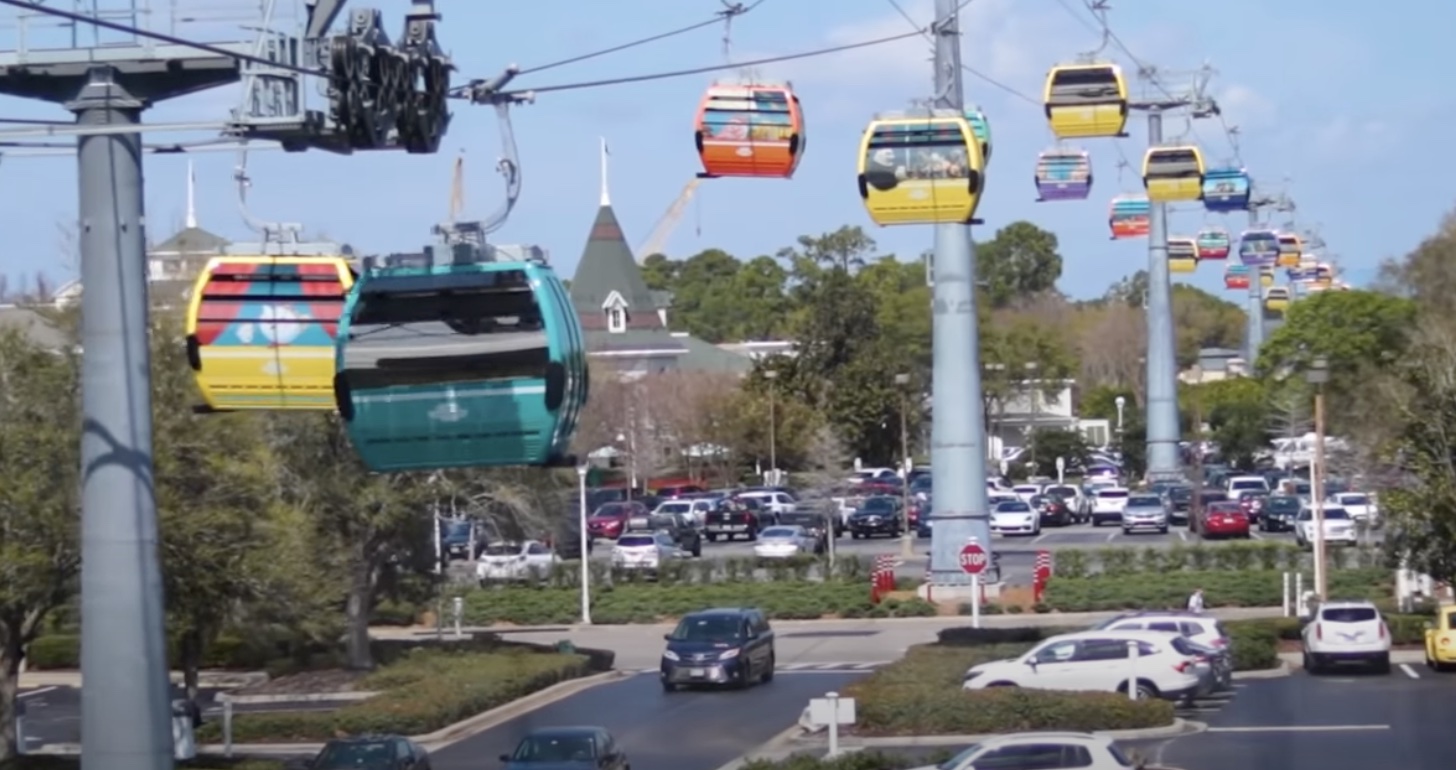|
Getting your Trinity Audio player ready...
|
UC PUBLICATION. From the University of California Agriculture and Natural Resources Communication Services—Publications. ©1999 by the Regents of the University of California Division of Agriculture and Natural Resources.
Things to Look for:
- Leaners
- Multiple Trunks
- Weakly attached branches
- Cavities, large decay pockets, and other evidence of decay
- Trunk and branch cracks
- Hanging or broken branches (hangers)
- Dead branches (deadwood)
[pdf-embedder url=”https://www.coastsidebuzz.com/wp-content/uploads/2023/01/21584.pdf”]
Summary
• Conduct careful, regular inspections of your trees for all seven defects listed in this guide.
• Do not climb the tree. Conduct inspections from the ground or a safe viewing area.
• Look closely for power lines in the vicinity of your tree. If you suspect a hazardous condition, notify your utility company immediately.
• If you determine that a tree is hazardous, look to see if anything would be damaged if the tree fails and decide whether it can be safely moved from the area. Keep people, pets, and vehicles away.
• Do not attempt to remove large branches or trunk sections on your own.
• Consult an arborist when you need advice or work done on your trees.
Authors
LAURENCE R. COSTELLO University of California Cooperative Extension
BRUCE HAGEN California Department of Forestry and Fire Protection
KATHERINE S. JONES University of California Cooperative Extension






